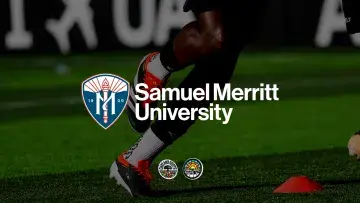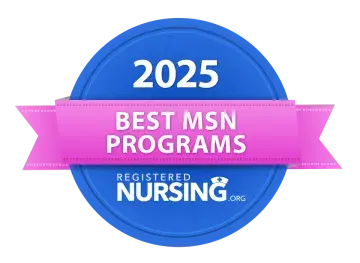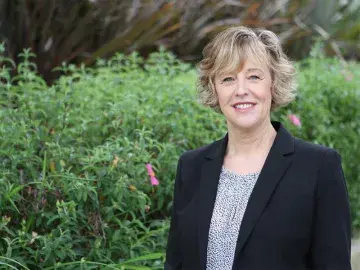SMU Professor Shares “Relentless Kindness” Approach to Working with Brain-Injured Patients
 When he's not teaching occupational therapy students, Samuel Merritt University (SMU) Professor Gordon Giles treats patients with significant brain injuries whose neurological impairments have caused many of them to fail in other treatment settings.
When he's not teaching occupational therapy students, Samuel Merritt University (SMU) Professor Gordon Giles treats patients with significant brain injuries whose neurological impairments have caused many of them to fail in other treatment settings.
“My stock and trade is treating people who no one else can treat,” says Giles, who in 1993 opened the first of several county-funded neurobehavioral programs in California that led to hundreds of patients moving from state mental health facilities to community treatment centers.
As we mark National Traumatic Brain Injury Awareness Month, we asked Dr. Giles about his highly personalized and novel approach to working with patients who are severely impaired, many of whom do not realize their disabilities and are prone to aggression.
His expertise is managing patients with severe behavioral and emotional problems by building positive relationships with them rather than relying on seclusion, confrontation, or mechanical restraints.
He calls the method he created the “Relational Neurobehavioral Approach” or, alternatively, “relentless kindness.”
“We want to engage patients and manage difficult behaviors based on positive interpersonal relationships,” he says.
Giles’ often uses his experiences as director of neurobehavioral services at two Bay Area treatment centers students to illustrate to his students in the Entry-Level Doctor of Occupational Therapy Program what they are learning about in their textbooks.
“My goal is to make their lives more tolerable so they can manage in community facilities rather than state facilities,” he says of his patients, whose brain injuries resulted from car accidents, drug abuse, falls and assaults, among other causes.
Unlike a stroke that affects a particular area of the brain where therapists can predict the type of impairment that the patient will suffer, Giles says that it’s much more difficult to anticipate deficits that accompany traumatic brain injury (TBI) because the damage is more diffuse. Patients with dramatic TBI can lose the ability to perform many tasks due to motor, cognitive and emotional deficits, he says, but most are not physically violent.
Healthcare practitioners who work with these patients must adjust their expectations of what progress is possible.
“I see people who do not make dramatic improvement,” says Giles. “My focus is not on independence but on a sense of well-being, quality of life and emotional self-regulation so the individual will not lead the life they intended but on some level realize it’s good enough. They can tolerate the life they have rather than having the one they hoped for.”
An internationally known researcher, Giles co-authored an article published online last week in the journal “Disability and Rehabilitation” that describes a set of non-aversive intervention methods used to manage brain-injured patients with varying levels of functional impairment. Based on a six-week study conducted at the Crestwood Treatment Center in Fremont where Giles works, the paper documents the success of using his non-confrontational approach with patients to calm aggressive behaviors that includes talking, reassurance, physical distraction, and isolation without seclusion.
Giles says the majority of aggressive incidents by his patients are verbal. However, he says that while his treatment centers don’t admit people who are currently at high risk for violence, there are six murderers on his unit and he has been assaulted over the course of his career.
His preferred approach to discouraging difficult behavior, which requires a lot of staff training and support, is to take actions that do not irritate or provoke patients.
“We’re learning what not to do,” says Giles. “Most treatment facilities haven’t figured that out yet.”


